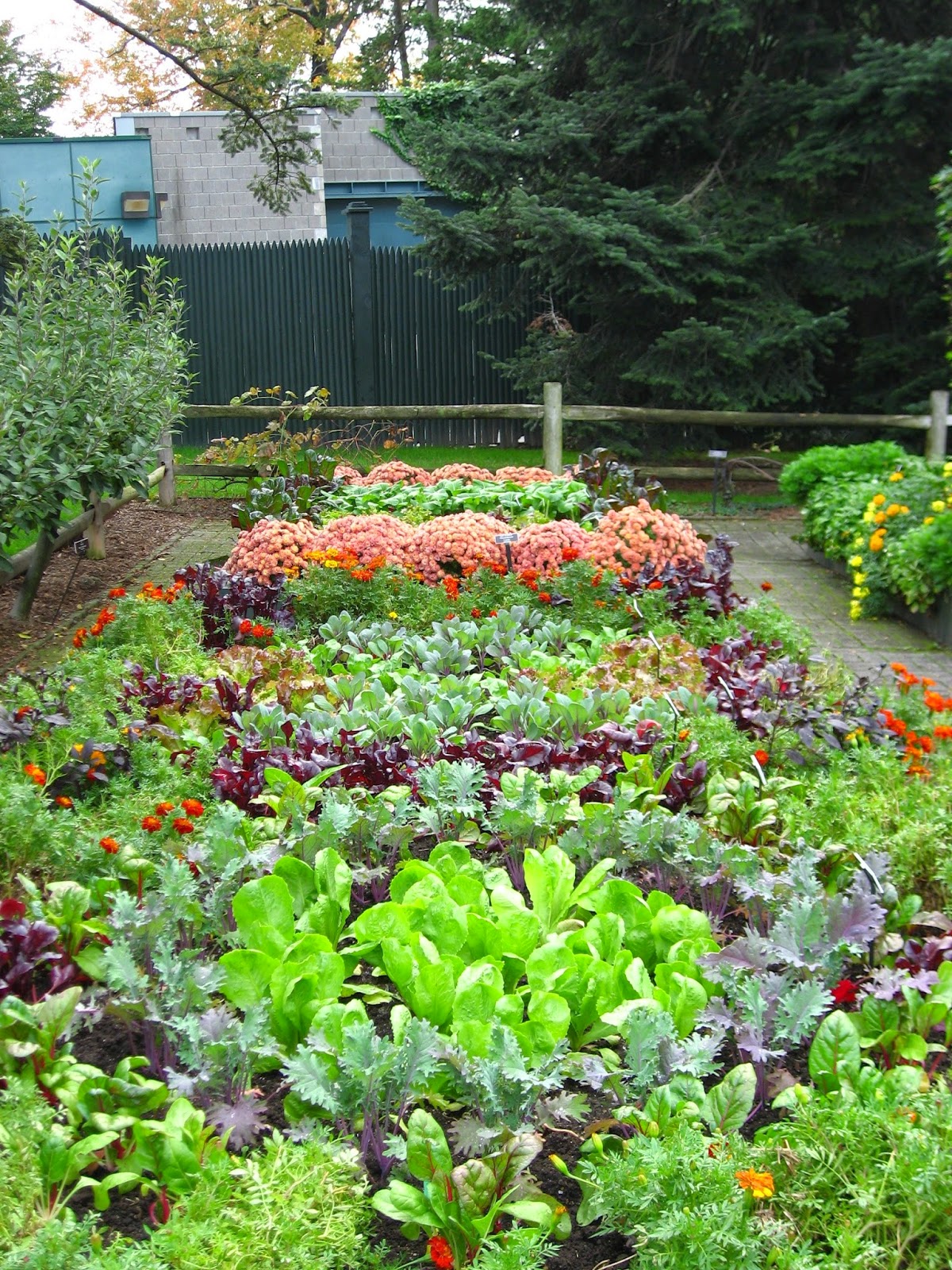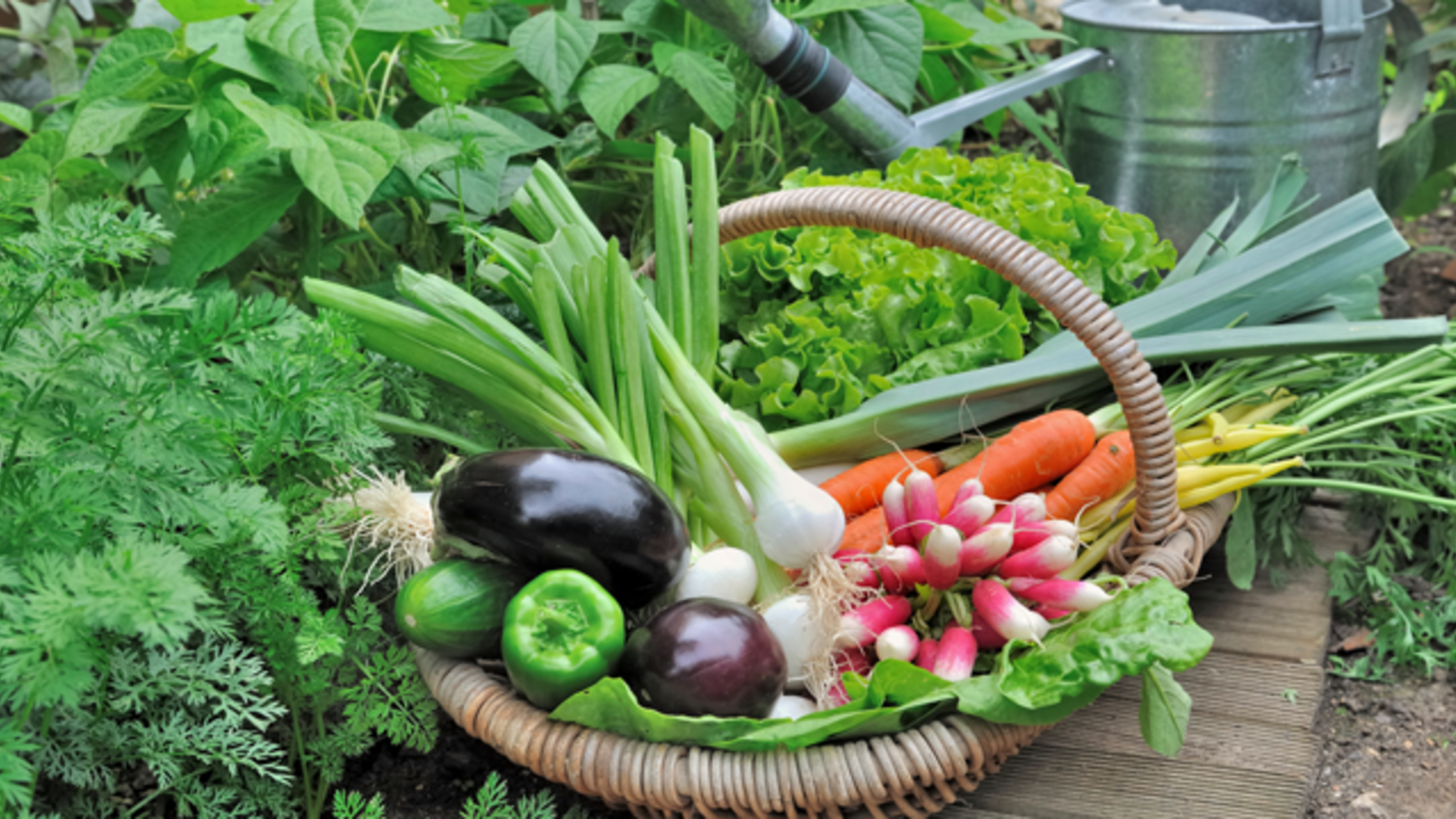

Courgettes and marrows can be directly planted in to the bed April/May. A head start can be made by sowing trays of peas, beans, turnip and autumn cauliflower for transplanting outside. After building your hot bed in January, small seeded crops like salad and radish can be directly sown on a well-worked fine tilth. Seed can be sown direct in the soil layer, or in trays placed on top.

A hot bed provides bottom heat, using manure rather than electricity as the heat source, thus speeding up plant growth of seedlings and tender plants. Once set up, they can be used to grow salad crops in winter, get a head-start on seed sowing in the spring (by up to a month), and for growing melons and any of the cucurbitaceae family in the summer. Hot beds were very popular in Victorian times. What is a hot bed? And what can I grow in it?

Both of these varieties are available from the Organic Gardening Catalogue. For a longer root try something like ' James Scarlet Intermediate' or ' Flakkee'. They are more suitable if the soil is heavy. Some carrot cultivars only produce short, stubby carrots. Growing carrots under a cover of horticultural fleece will give protection against this problem. Sow the seed thinly and thin to three inches apart for larger roots. They are not heavy feeders and usually grow well on soil manured for a previous years' crop. They do not do well in heavy soil and germination will be affected if a green manure crop has been grown and dug in recently. Carrots can be difficult to grow if the soil conditions are not right.Ĭarrots do best on a medium to light, stone free soil in a sunny, open sit.


 0 kommentar(er)
0 kommentar(er)
